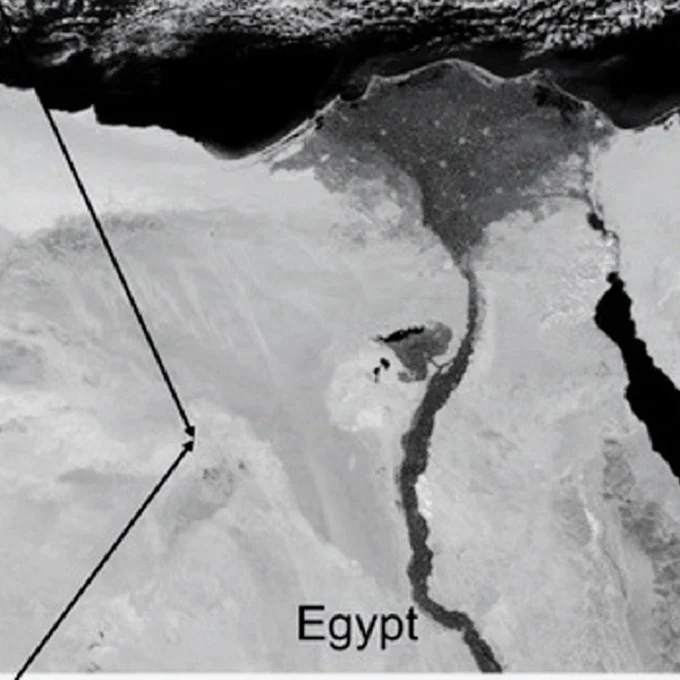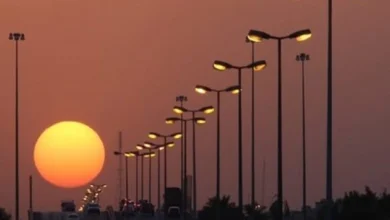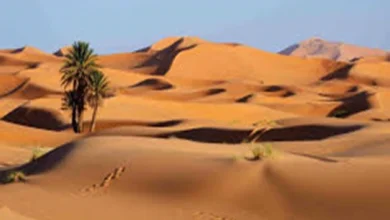Unknown crater in the Sahara desert – from where a giant funnel appeared

The satellite navigation system has provided humanity with many opportunities. In addition to current maps, people can observe remote corners of our planet without leaving home. Not only specialists, cartographers, scientists can monitor the state of the Earth from satellites, but also those for whom the search for new information is a kind of hobby.
So once unexplained objects were discovered in Antarctica, “colorful plankton dances”, the movements of shelves and glaciers. Scientists can use maps to track the quality of the ozone layer, vegetation cycles on continents, ice melting, fires, the formation of clouds, clouds, and cyclones.

The latest discovery in the analysis of satellite images was another giant crater in the Sahara.
How the new funnel was discovered
During the annual analysis of satellite images of the Earth, astrophysicists stumbled upon a strange topographic formation. In the east of the Sahara, on the territory of Egypt, there was a gaping crater, similar in appearance to a crater. The object was identified as a crater that appeared during the fall of an asteroid to Earth, and named it “El Bahr”.
Parameters of the Egyptian crater
According to spectral and topographic characteristics, “El Bahr” is an impact crater. It has a cup-shaped shape. The edges of the recess are surrounded by a bulk shaft. The diameter of the funnel is 327 meters and practically does not change with coaxial measurements. The area of the object is really impressive. Together with the bottom and walls of the bowl, it is 84,000 m2.
Exploring the find
Based on images from space, it is difficult to determine the cause of the formation of this geological anomaly. Therefore, specialists of the Center for Space Sciences, together with scientists from Cairo University, will soon go to the desert to explore the surroundings of the crater and the crater itself.
The research team members hope to find the remains of a cosmic body or mineral particles characteristic of an asteroid. In addition, by comparing the width and depth, it is possible to determine exactly what left traces: volcanic activity or an asteroid. Since the ratio of the depth of the bowl to the diameter of a vertically falling celestial body is close to 0.33, this indicator is close to 0.4 for craters of volcanic origin.
Scientists suspect that the results of the expedition will be the same as in 2010 when they explored another Egyptian crater “Kamil”. It was much smaller, but then it was possible to extract 800 kg of iron fragments of the meteorite, the diameter of which, apparently, was about 1.5 meters.
Most likely, there will be much more material during this expedition because no movements of lithospheric plates have been recorded in the Sahara to date, which cannot be said about the south of the continent. It is possible that scientists have again encountered a cosmic body that will allow them to learn even more about the Universe.
To get the latest stories, install our app here




